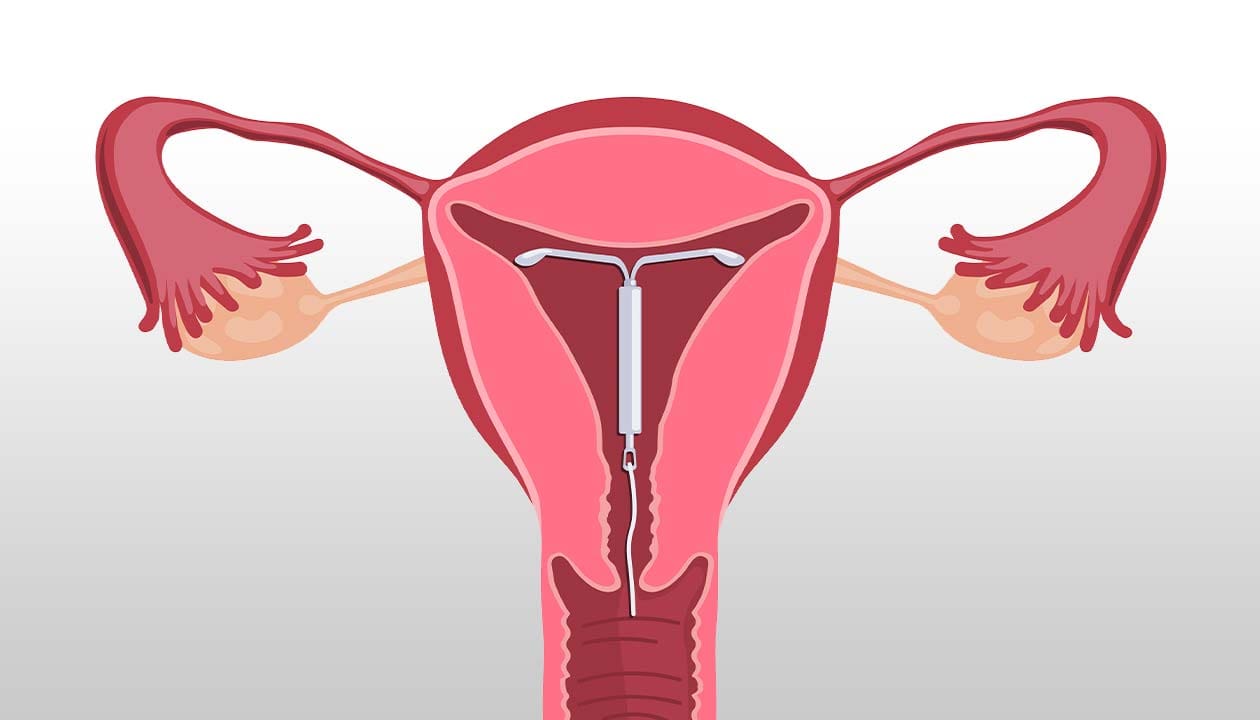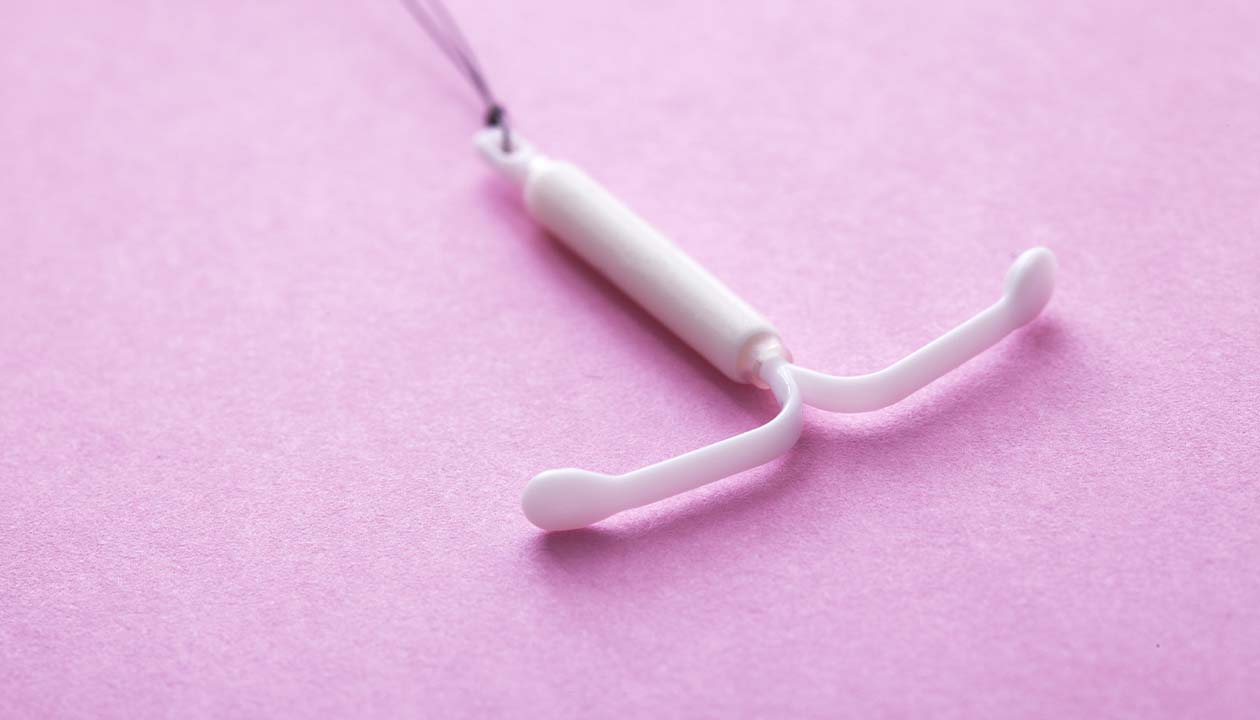Mirena is a type of intrauterine device (IUD) that is designed to provide long-term protection from pregnancy in women. This device is not new and has been used for nearly 30 years. So, why are so many women suing Bayer Pharmaceuticals, the manufacturer of it?
Thousands of women have suffered significant health complications from the use of Mirena. The device that’s supposed to stop pregnancy has been found to create health challenges for many women, including perforation and migration of the IUD outside of the uterus leading to complications like surgery and pain.
If you had any complications with using this device, you could be entitled to compensation for your losses. Settlements have already been made, and more cases are pending. Let us help connect you with the attorneys working to protect women.
What Is Mirena?

Mirena is a hormonal intrauterine device (IUD). According to Mayo Clinic, the device can provide long-term contraception. To work, a T-shaped device is inserted into the uterus. This flexible plastic, the frame-like device is not meant to cause pain or complication when inserted. Rather, it is designed to sit in the uterus, where it releases progestin, a type of hormone.
This hormone works in several ways. The first is to increase and thicken the music that is produced in the cervix. With this thickening, there is less ability for sperm to reach the egg for fertilizing it. In addition to this, the device thins out the lining of the uterus. It can also help to reduce the hormones that are responsible for ovulation, further preventing pregnancy from occurring.
The IUD remains in place for up to 7 years. Recently, the U.S. Food and Drug Administration (FDA) announced that the device could remain in the uterus for an extended period, now approving it for up to 8 years of continuous use.
In addition to this use, there are other uses of Mirena approved by the FDA. For example, it has been approved by the FDA to treat heavy menstrual bleeding. In this case, the device can remain in place for up to 5 years. In this use, the device can work to reduce heavy bleeding that is related to the growth of the uterine lining tissue, which often occurs outside of the uterus. This condition, known as endometriosis, affects millions of women.
Mirena has also been used to reduce the risk of pelvic inflammation and infection in some women. It may also be associated with reducing the risk of endometrial cancers, according to Mayo Clinic.
Who Uses the Mirena IUD?
The only way to obtain the Mirena IUD is through the placement of the device with the help of a healthcare provider. It is often recommended for women who have certain conditions, including:
- Cramping and pain with heavy periods
- Fibroids
- Endometriosis
- Heavy menstrual bleeding
- Endometrial hyperplasia noted for growth of the uterus lining
- Adenomyosis, noted for the growth of tissue of the uterine-lining tissue into the walls
- Anemia
Who Should Not Use Mirena?
The company manufacturing the product makes it clear some women should not use it. This includes:
- Those who have had uterine or cervical cancer
- Women who have had breast cancer.
- Those who have a pelvic infection or pelvic inflammatory disease
- Women with liver disease
- Those who have fibroids if they interfere with the placement of the device
- Women with unexplained excessive vaginal bleeding
Are There Side Effects to Using Mirena?
Mirena is likely to cause side effects in many women and in numerous ways. The manufacturer, Bayer Pharmaceuticals, describes the following potential adverse reactions in women:
- Less than 1 percent of users could develop a serious pelvic infection called pelvic inflammatory disease.
- Ectopic pregnancy and intrauterine pregnancy risks are present – you can get pregnant using Mirena.
- Infection, especially in the days after Mirena is placed
- Perforation, in some women, the device may go through the wall of the uterus, where it can then become embedded, or it may pass through the wall fully. This can cause damage, internal scarring, infection, and organ damage. This could also cause vaginal bleeding and excessive pain.
- Expulsion, in some situations, Mirena can come out on its own.
There are also more common side effects that can occur, including:
- Changes in bleeding, especially in the first six months
- Pain, dizziness, and bleeding during the placement process and after
- Missed menstrual periods, with 2 out of 10 women no longer having periods after 1 year of use
- Development of ovary cysts which can cause pain
- Abdominal or pelvic pain and discomfort
- Vaginal discharge
- Headaches and migraines
- Inflammation of the vulvovaginitis, or the exterior portion of the vagina
Some of the side effects noted by Mirena were added to its list over time. That includes after some women have experienced complications that prompted the onset of lawsuits. If you suffered any health complication from the use of the Mirena IUD, reach out to Join the Many.
The History and Development of Mirena

Prior to the 20th century, there were few recorded incidents of the insertion of objects into the uterus as a type of contraception. In 1909, though, there was some documentation of doctors who believed the placement of a ring made of silkworm gut in the uterus would help to prevent pregnancy. Others produced similar products in the coming years. Dr. Earnest Grafenberg from Germany developed a plan to wrap silver around a ring that would drop pregnancy rates – and it did, but it also caused exposure to heavy metals. He developed a similar ring for placement that used German Silver, which had an alloy mixture of metals. Doing this caused the pregnancy rate to drop as far as 1.6 percent.
Over the coming years, various other products will be developed using these technologies. Dr. Jack Lippes developed the first coil-like device that was placed into the uterus. It would be the first IUD product. That was in 1962. By 1969, numerous other products had been developed that could reduce bleeding and cramping. A simple plastic T shape was used, but the pregnancy rate with this device was high at 18 percent. Another professional, Dr. Jaime Zipper, used copper wire on this device which helped to reduce pregnancy rates.
In 2001, the levonorgestrel-releasing intrauterine system was released, which is what Mirena is. Thousands of women have used the device since this time. While this device has been used for many years, there have been numerous complications reported.
If you suffer those complications, contact Join the Many for support. Let us provide a free case review to determine if you may be eligible for financial compensation for your losses.
What Complications Have Come from the Use of Mirena IUD?
Many women have brought claims against Mirena’s manufacturer for complications in the device’s function. Among the most common complaints are:
- Organ perforation – the device can pass through the uterus wall as well as embed in the wall. In some cases, the device can also cause damage to the wall, the muscles of the uterus, the lining of the uterus, and the surrounding areas.
- Device migration – Some women report the device moved outside of the uterus, often through the perforation of the wall, and traveled to other tissues, causing organ and tissue damage.
- Ectopic pregnancy – Some women reported these hazardous, unexpected pregnancies
- Pseudotumor cerebri – Women reported developing this condition, in which fluid builds up in the skull and looks like a tumor
Why Are Women Suing Over Mirena IUD?
There have been numerous lawsuits filed against Bayer for Mirena IUD over the last 20 years. Many of these lawsuits claim the following:
- The company was negligent in stating that it had tested the product properly and found it to be safe.
- The company was fraudulent in acknowledging that the product was effective and safe to use.
- The company failed to perform the required clinical trials that would have otherwise uncovered the numerous health complications associated with using the device.
- The company failed to provide instructions for the safety of the use of the product.
- The company underreported or underestimated the device’s danger in maintaining its presence on the market
- The company knew and did not acknowledge the defects in its products
Join the Many helps women who are victims of losses like this to obtain the financial compensation owed to them by simplifying the entire legal process. Contact us today to get started. No paperwork, no upfront costs. We’ll match you with the best legal care for your case, and you’ll pay no legal fees unless you’re awarded compensation.
Mirena IUD Lawsuit History

The lawsuit history against Bayer is complex and long. To be clear, many women suffered losses, and Bayer may be responsible for them. There are still many cases pending in the U.S. courts against the company for Mirena. You can still file a lawsuit.
Several lawsuits have come up over the last few years related to Mirena. Here’s a look at some of them.
The U.S. Judicial Panel established multidistrict litigation (MDL) for a grouping of claims against the company related to organ perforation. MDL 2434 outlines that these women – which included hundreds of people – suffered losses as a result of the device creating a hole in the uterus or other organs. Some women had to have the device removed surgically. In 2016, a judge took action to dismiss 1,230 of these cases. The lack of causation led to the dismissal of these cases, meaning the plaintiffs could not prove that the device caused the damage.
Some lawsuits continued on. In September 2018, Bayer offered a $12.2 million settlement for remaining cases related to organ perforation. However, only some people agreed to the settlement. Some cases are still pending.
Another claim, MDL 2767, was created for the development of pseudotumor cerebri injuries, with women noting that the device caused this to occur due to levonorgestrel, a hormone that is used in the product. This hormone is known to cause high levels of cerebrospinal fluid buildup in the skull. There have been some cases dismissed due to a lack of causation. Others are still pending.
Have There Been Settlements from Bayer from Mirena IUD?
Yes, Bayer offered a group of people $12.2 million if 98 percent of those cases – which it stated was 4,600 people – would agree to the dismissal of the case. Not everyone agreed to the terms. However, the manufacturer is also said to have settled other cases with other plaintiffs in the last decade. These are confidential, with their details unknown.
Did the FDA recall Mirena?
No, the FDA has not recalled Mirena. The product is still being used throughout the world.
Can You File a Lawsuit Against Mirena IUD Manufacturers?
It is possible to file a lawsuit against Bayer for the losses you’ve suffered due to using the Mirena IUD. Women who have suffered any complications related to using this product, including surgical losses, pregnancies, medical bills, pain, and suffering, may wish to take action now.
It is possible to obtain financial compensation if you show the company is responsible for your losses. Let Join the Many help you learn what your legal rights and options are.

